Aaron’s Gaming PC: A Build Guide
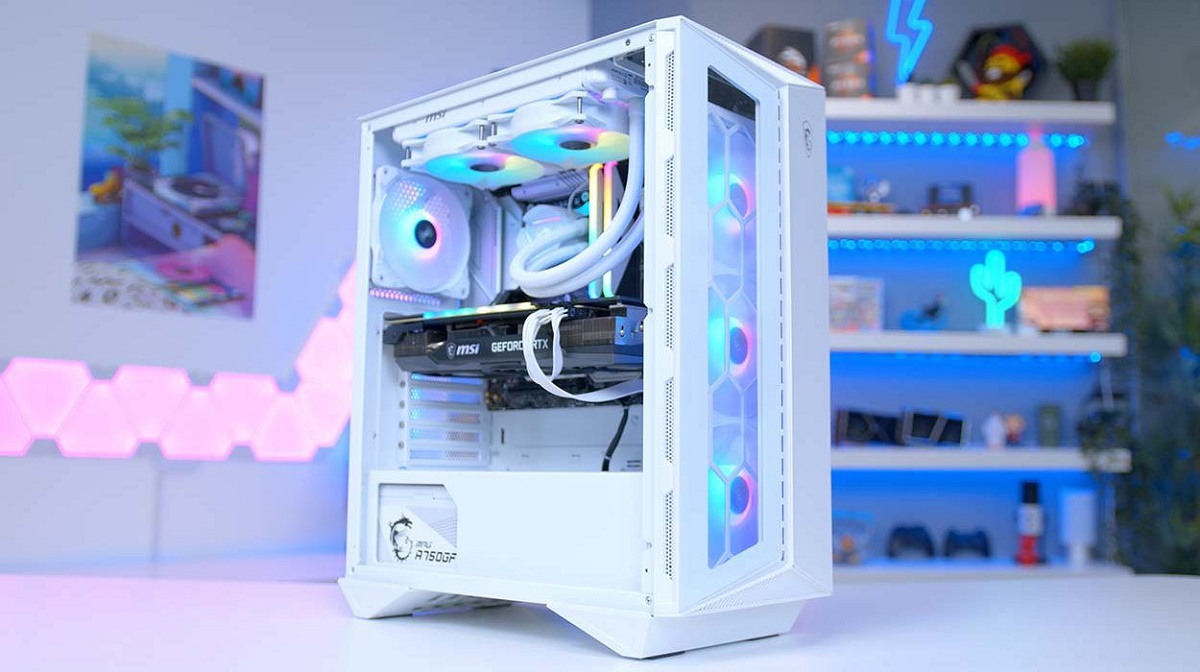
Aaron’s Gaming PC: An Introduction
Aaron built a custom gaming PC to achieve high performance for graphics-intensive games. To build a PC comparable to Aaron’s gaming pc, you will require certain components to optimize gameplay.
Processor
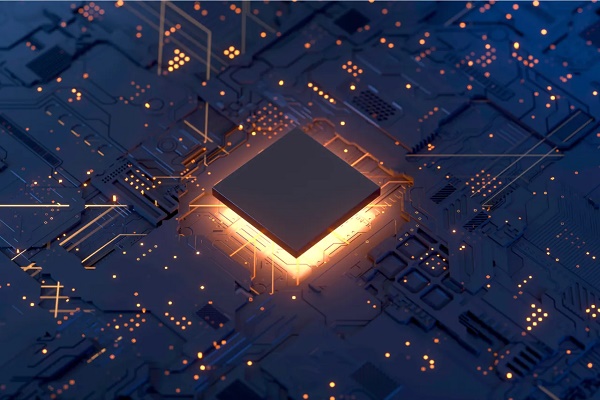
Aaron chose an Intel Core i7-9700K processor which has eight cores and can reach up to 4.9GHz. For gaming, a powerful CPU like this handles intensive tasks required to run modern games. The high clock speed also improves frame rates for a smooth gaming experience.
Graphics Card
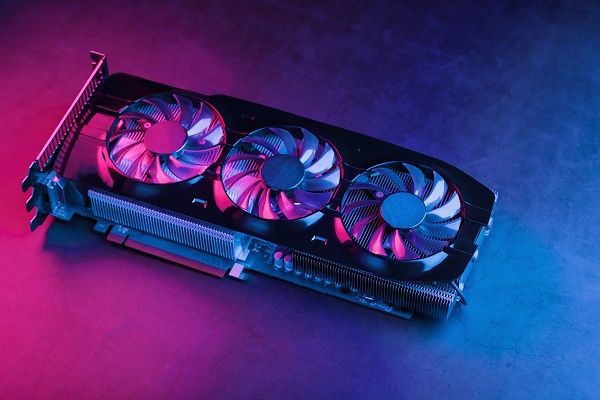
Aaron opted for an NVIDIA GeForce RTX 2070 graphics card with 8GB of dedicated memory. A dedicated graphics card is essential for Aaron’s gaming PCs to render high-quality graphics. The RTX 2070 is a high-end card capable of running recent games at 1440p resolution with 60+ FPS for immersive gameplay.
Memory
Aaron’s PC has 16GB of DDR4 RAM running at 3000MHz. For gaming, 8GB of RAM is sufficient but 16GB provides headroom for multitasking while gaming. High speed RAM also boosts the performance of gaming PCs.
Storage
Aaron chose a 500GB solid-state drive (SSD) for fast loading times and a 2TB hard disk drive (HDD) for extra storage. An SSD improves game loading and boot times compared to a traditional HDD. The HDD provides space for more games and other files.
Power Supply
A high-quality power supply like Aaron’s Corsair RM650x supplies stable power to gaming PC components. A minimum of 600W is recommended for a gaming PC with a dedicated graphics card. Modular power supplies like the RM650x also simplify cable management for a clean build.
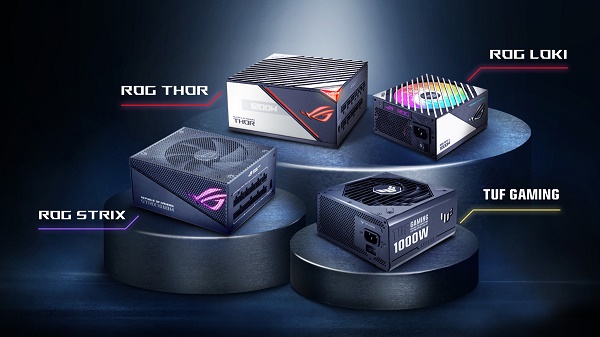
With the proper selection of components, you can build a custom gaming PC comparable to Aaron’s. Powerful yet balanced components provide an optimal experience for PC gaming. Keeping your drivers and software up to date will also ensure maximum performance from your gaming rig.
How Much Should You Spend on a Gaming PC?
Entry-Level: $500 to $800
If you’re on a tight budget but still want to do some casual gaming, an entry-level gaming PC in the $500 to $800 range should suit your needs. At this price point, you’ll be limited to a basic dedicated graphics card like an NVIDIA GTX 1650 or GTX 1660, which can handle games like Fortnite, Rocket League, and Apex Legends at 1080p resolution with medium to high settings. You’ll also likely get a quad-core CPU, 8 to 16GB of RAM, and a small SSD for your operating system and a few games.
Mid-Range: $800 to $1,500
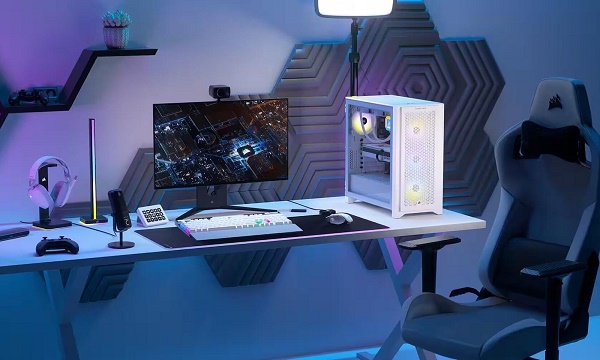
A mid-range gaming PC from $800 to $1,500 will provide a solid gaming experience for most people. You’ll be able to play AAA titles at high settings in 1080p or 1440p resolution with a graphics card like an NVIDIA RTX 2060 or RTX 2070. You’ll also get a fast six-core or eight-core CPU, 16GB or more of RAM, and a larger SSD, allowing you to store more of your games and software. This is a great option if you want to play the latest games but don’t need the highest settings.
High-End: $1,500 and Up
If you want the best graphics, performance, and features, a high-end gaming PC starting around $1,500 or more is the way to go. With an NVIDIA RTX 2080 Ti or better graphics card, you’ll be able to play games at 4K and high frame rates for a premium experience. You’ll also get a powerful eight-core CPU or better, 32GB of RAM or more, and a large SSD. High-end PCs offer extras like advanced cooling, customizable RGB lighting, and a premium chassis. If budget isn’t a concern and you want the ultimate gaming machine, this is the category for you.
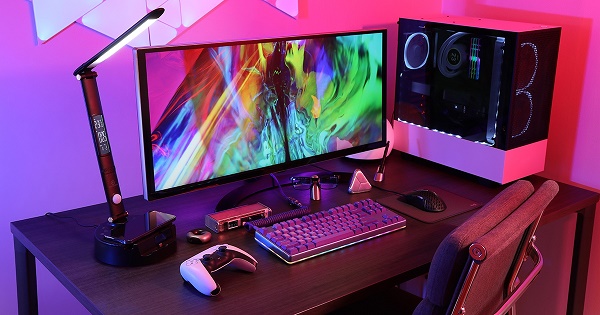
In the end, how much you spend on your gaming PC comes down to your needs and budget. Whether you opt for an affordable entry-level build or splurge on a high-end powerhouse, you’ll be able to enjoy playing your favorite PC games for years to come.
Choosing the Right Parts for Your Gaming PC
CPU (Central Processing Unit)
The CPU, or processor, is the brain of your gaming PC. For a powerful gaming machine, choose an Intel Core i5, i7, or i9 CPU or an AMD Ryzen 5 or 7. These processors have multiple cores that can handle running graphics-intensive games. The higher the GHz rating, the faster the processor. For most games, an Intel i5 or Ryzen 5 with at least 3.5 GHz will work well.
Graphics Card
The graphics card renders visuals for your games. For playing modern games on high settings, select an NVIDIA GeForce GTX or RTX graphics card with at least 6GB of memory. The RTX 2070 or higher and GTX 1660 Ti or higher are good options. AMD also makes capable cards like the Radeon RX 5700 XT. The more memory and higher the number, the better the performance.
Memory (RAM)
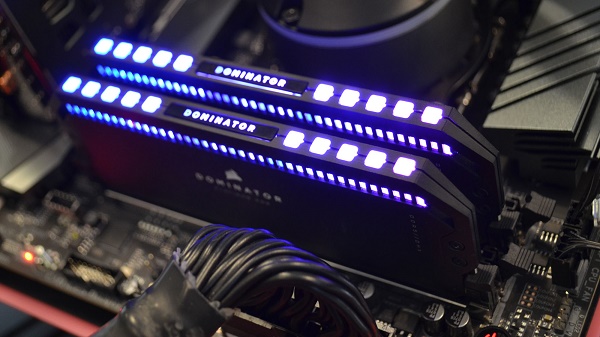
RAM stores data temporarily while your computer is running. For a gaming PC, choose at least 16GB of DDR4 RAM. This will allow you to run graphics-intensive games without lag. You can go up to 32GB for extreme performance.
Storage
For storage, choose a solid-state drive (SSD) for your operating system and games. An SSD loads faster than a hard disk drive (HDD). Aim for at least 500GB to 1TB of SSD storage so you have enough room for your games. You can add an HDD for extra storage if needed.
By selecting powerful, high-performance parts for the CPU, graphics card, memory, and storage, you’ll have a gaming PC that can handle running the latest games at high graphics settings so you can enjoy an immersive experience. Balancing your budget and needs will help you choose parts that work well together without overspending. With some technical know-how, you’ll be building your own gaming PC in no time.
Finding Deals on Gaming PC Parts
Shop Seasonal Sales
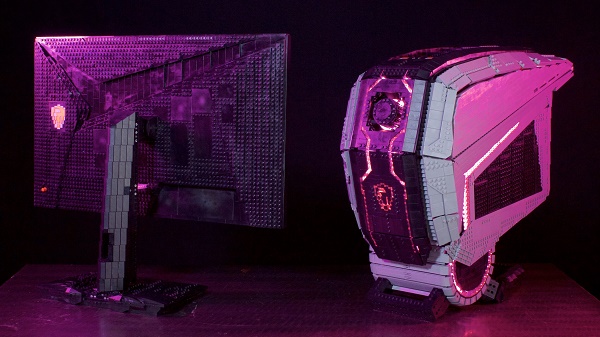
Many retailers offer seasonal sales during holidays like Black Friday and Cyber Monday. These major sale events are excellent times to find discounts on essential gaming components like graphics cards, processors, memory modules, and solid state drives. Make a list of the parts you need for your build ahead of time and watch for price drops on those specific items. With some patience and persistence, you can save hundreds of dollars on a full gaming PC build by purchasing components during peak sale seasons.
Consider Refurbished or Open-Box Parts
If buying new parts is out of your budget, consider purchasing refurbished or open-box components. Refurbished parts have been returned, tested, and repackaged by the manufacturer or a third-party refurbisher. Open-box refers to parts that were returned unused after being opened. In both cases, the components are tested to ensure full functionality before being resold at a lower price. While refurbished and open-box parts may have cosmetic blemishes or shorter warranties, they can offer significant savings over buying new parts. Reputable retailers like Newegg, Micro Center, and Amazon are good sources for refurbished and open-box PC components.
Look for Promo Codes and Coupons
Many computer hardware and components retailers frequently offer promo codes, coupons, and other discounts on their websites and through email newsletters. Before making a purchase, be sure to check sites like RetailMeNot, Slickdeals, and TechBargains for the latest promo codes that could save you money at checkout. Some promo codes provide percentage discounts on your entire order while others may take $5 to $20 off certain threshold spends. Combining promo codes with items already on sale can lead to the biggest savings, so keep an eye out for stackable deals.
Staying patient and vigilant in your search for deals can pay off significantly when building a gaming PC on a budget. With time and effort, you can find ways to save money on nearly every component in your system. Keep hunting for the best prices and don’t be afraid to mix and match new, refurbished, and open-box parts to maximize your savings. In the end, you’ll have an affordable gaming PC tailored to your needs.
Assembling Your Gaming PC
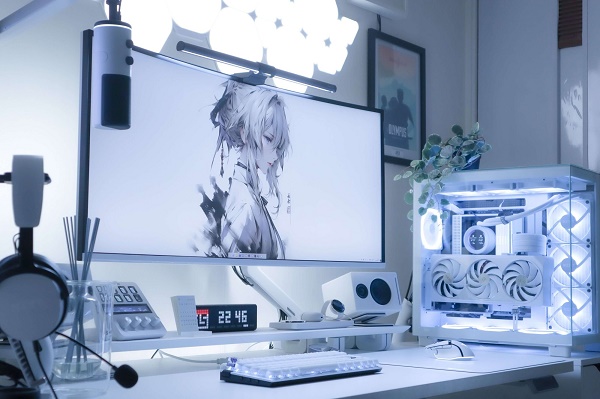
CPU Installation
The central processing unit (CPU) is the brain of your Aaron’s gaming PC. Locate the CPU socket on your motherboard and open the retaining bracket. Match the triangle markers on your CPU and socket, then gently lower the CPU into place. Close the retaining bracket to secure the CPU. Apply thermal paste to the CPU before installing the CPU cooler.
Memory Installation
Your gaming PC’s memory modules (RAM) provide fast temporary storage for system operations. Locate the memory slots on your motherboard and open the retaining clips. Match the notch on the memory module to the notch in the memory slot and firmly press the module into place until the retaining clips snap shut. For the best performance, install memory modules with the same capacity and speed.
CPU Cooler Mounting
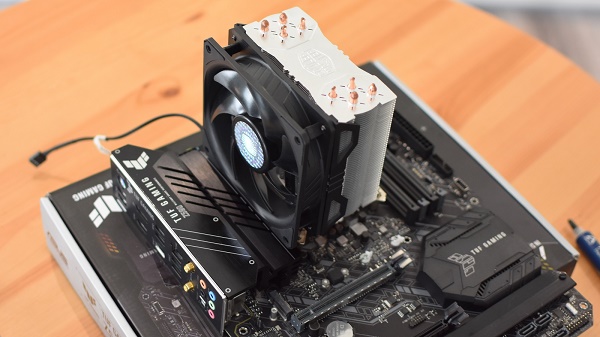
The CPU cooler prevents your gaming PC’s processor from overheating during intense workloads. Secure the cooler mounting brackets to your case or motherboard, depending on your cooler’s design. Lower the cooler onto the CPU, aligning the mounting holes or clips with the mounting brackets. Firmly press to engage the mounting mechanism, then plug the cooler fan cable into the CPU_FAN header on your motherboard.
Storage Drives Installation
Install your primary solid-state drive (SSD) into a drive bay or mount, then connect the SATA cable to an available SATA port on your motherboard. Connect the power cable from your power supply to the drive. Install any secondary hard disk drives (HDDs) and connect the necessary cables. Ensure all storage drives are securely mounted to reduce noise and vibration.
Power Supply Connections
The power supply provides electricity to all of your gaming PC’s components. Connect the 24-pin ATX cable and 4 or 8-pin CPU cable to your motherboard. SATA power cables to your storage drives and any graphics cards. Connect peripheral power cables to any installed case fans, lighting or optical drives. Ensure all power connections are fully seated for proper operation.
Following these steps carefully will have you well on your way to enjoying an exciting new gaming experience on your custom PC. Take your time and don’t hesitate to refer to your component manuals if needed. With some patience, you’ll be up and running in no time!
Conclusion
You now have all the information you need to build your own high-performance Aaron’s gaming PC. With the parts list and step-by-step assembly instructions provided, you can have your own custom gaming rig up and running in no time. While sourcing the exact components may prove challenging depending on availability and pricing fluctuations, this guide should give you a solid starting point. Feel free to tweak parts here and there to suit your budget or performance goals. With some patience and diligence, you’ll be enjoying buttery-smooth gameplay before you know it. Just don’t forget to manage your cables for a clean, professional build you can be proud of.
FAQ
What are the system requirements for Aaron’s gaming PC?
To play modern games at high settings, Aaron’s gaming PC requires:
- A powerful processor, such as the Intel Core i7 or AMD Ryzen 7
- A dedicated graphics card (GPU) with at least 6GB of VRAM, such as the NVIDIA RTX 2060 or AMD Radeon RX 5700
- 16GB of RAM or more for smooth performance
- A solid state drive (SSD) for fast boot and load times
- A high refresh rate monitor (120Hz or higher) to fully utilize the powerful components
What components are in Aaron’s gaming PC build?
The components in Aaron’s gaming PC include:
- CPU: Intel Core i7-10700K – A fast 8-core, 16-thread processor ideal for gaming and streaming
- CPU Cooler: Cooler Master Hyper 212 RGB Black Edition – A capable air cooler to keep the CPU running efficiently
- Motherboard: MSI MPG Z490 Gaming Edge WiFi – A feature-packed motherboard with WiFi 6, plenty of USB ports and solid power delivery for the CPU
- Memory: Corsair Vengeance LPX 16GB (2x8GB) DDR4-3200 – 16GB of fast RAM to ensure smooth gaming performance
- Storage: Western Digital Blue SN550 1TB NVMe SSD – A speedy solid state drive for your operating system and games
- Video Card: MSI GeForce RTX 2070 SUPER Gaming X – A powerful graphics card that can handle 1440p gaming at high frame rates
- Case: Phanteks Eclipse P400A Digital – A stylish case with high airflow for the best cooling
- Power Supply: Corsair RM (2019) 750 W 80+ Gold Certified – A reputable power supply with enough wattage for this build
- Monitor: AOC CQ27G2 27″ Curved Frameless Gaming Monitor – A 1440p, 144Hz monitor to showcase the graphics card’s performance
How much does a build like this cost?
A gaming PC with comparable components to Aaron’s build will cost between $1,500 to $2,000 USD, depending on current component prices. The dedicated graphics card and processor make up a significant portion of the total cost. However, for avid PC gamers, a build like this can provide an excellent experience with modern graphically-intensive games.



